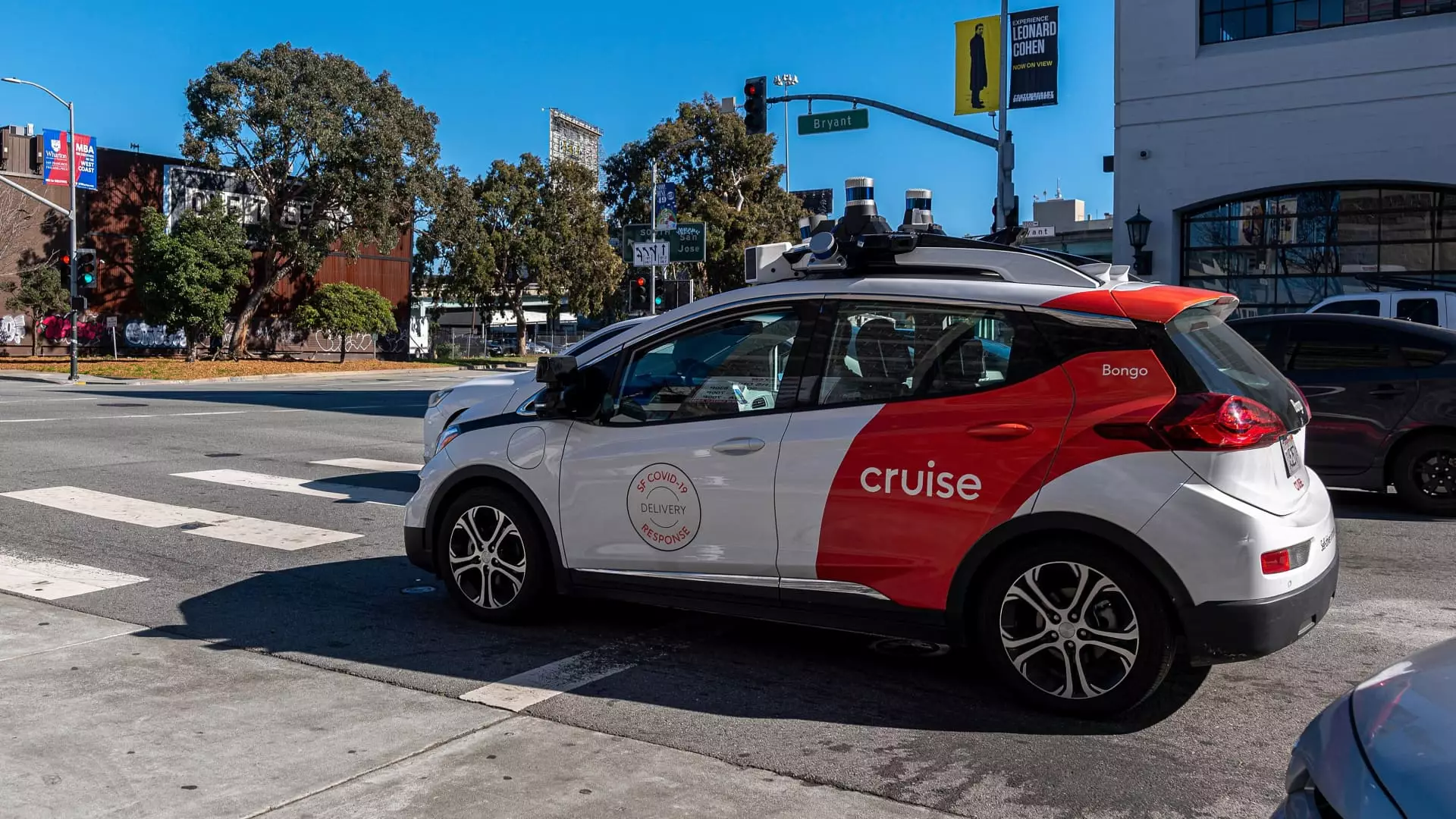General Motors’ Cruise self-driving vehicle unit has announced the redeployment of cars on U.S. roadways after a hiatus since October. The relaunch will commence with a small fleet of human-driven vehicles in Phoenix, as opposed to the previous operation as robotaxis. This strategic shift aims to “create maps and gather road information in select cities, starting in Phoenix,” as stated by the company. Despite the goal to eventually resume driverless operations, Cruise has not provided a definitive timeline for this transition. The absence of a clear plan for expanding human-driven vehicles to other cities indicates a cautious approach towards the relaunch.
Following an accident in San Francisco in October 2023, Cruise paused its operations to focus on rebuilding trust with regulators and communities and to enhance safety measures. The company’s blog post highlighted the progress made under new leadership, incorporating recommendations from third-party experts and fostering a close partnership with the communities served by Cruise’s vehicles. This commitment to improvement is characterized as an ongoing effort, reflecting the company’s dedication to safety and regulatory compliance.
A third-party investigation initiated by GM and Cruise delved into the October incident and its aftermath, revealing issues related to organizational culture, incompetence, and ineffective leadership that contributed to regulatory oversights leading to the accident. Despite allegations of a coverup by Cruise leadership, the investigation found no evidence to support such claims. The company acknowledged the findings of the report in January and pledged to implement all recommendations while cooperating fully with state and federal investigations following the accident. Various regulatory bodies, including the California DMV and the National Highway Traffic Safety Administration, are scrutinizing the incident, underscoring the regulatory challenges faced by autonomous vehicle companies.
Leadership Restructuring and Workforce Reduction
In the wake of the accident and subsequent revelations, Cruise underwent significant leadership changes, with co-founders, including CEO Kyle Vogt, resigning and nine other executives being removed from their positions. Additionally, the company downsized its workforce by laying off 24% of employees and reducing the number of contractors. These organizational shake-ups signify a broader reassessment of Cruise’s corporate structure and operational strategies in light of the challenges encountered.
Cruise’s relaunch of self-driving vehicles in Phoenix signifies a pivotal moment in the company’s trajectory, marked by a renewed emphasis on safety, regulatory compliance, and community engagement. The introspective approach adopted by Cruise, as evidenced by the leadership changes and workforce reduction, indicates a concerted effort to address the underlying issues that led to the October incident. Moving forward, Cruise’s commitment to transparency, accountability, and continuous improvement will be crucial in navigating the complexities of the autonomous vehicle industry and rebuilding trust with stakeholders.


Leave a Reply